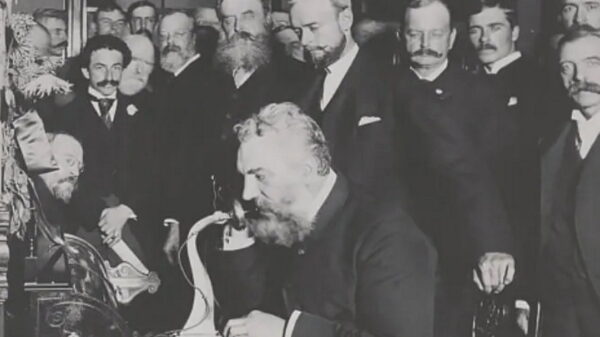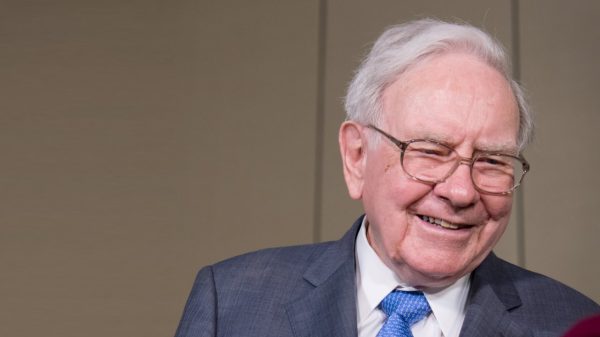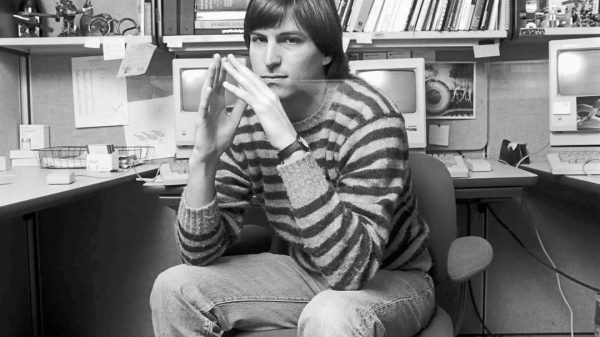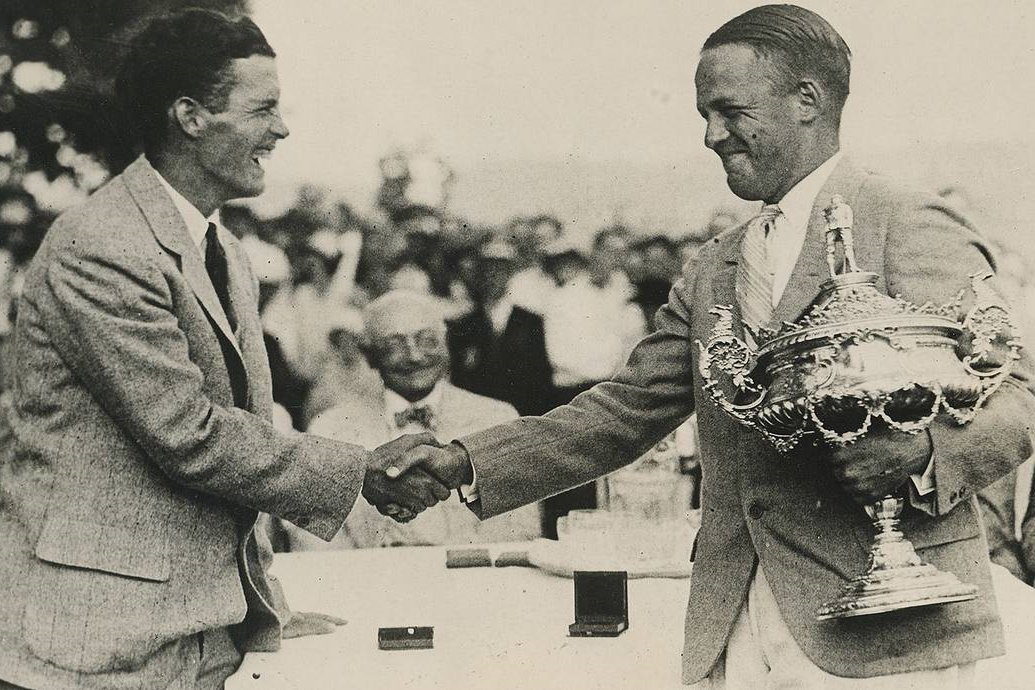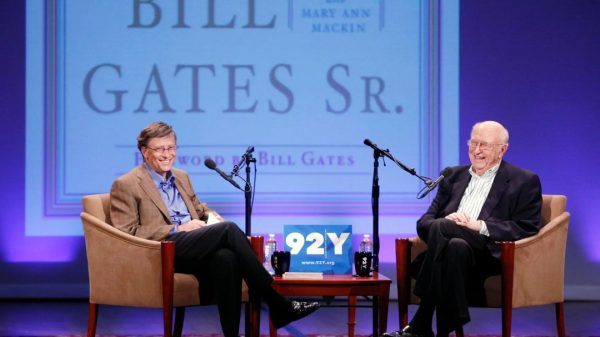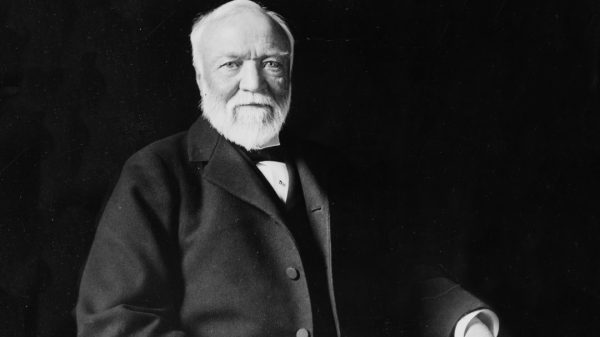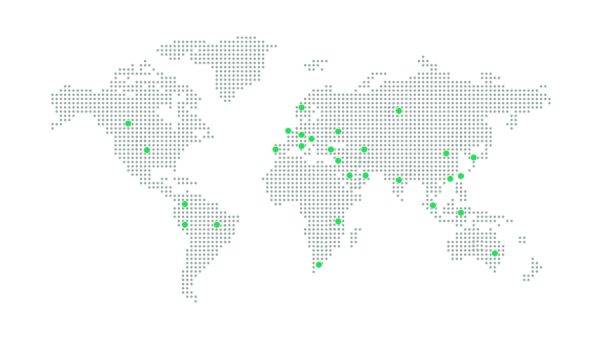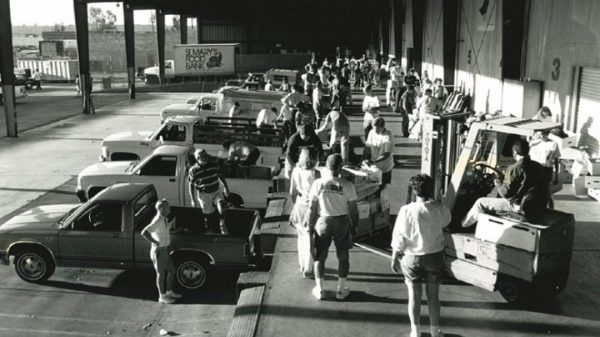In March of 2012, I was interviewed by Adam Bryant of the New York Times.
Adam Bryant conducts interviews of senior-level executives that appear in his “Corner Office” column each week in the SundayBusiness section of The New York Times.
The following are a few insights provided during the interview. The full article is available at The New York Times.
Want to Innovate? Feed a Cookie to the Monster
Bryant: Tell me about some early leadership lessons.
Tietzen: I started caddying at a young age. I basically interviewed the people I was caddying for, figuring how they got to where they were, and what principles guided them. I memorized everything they said, and listened to them talk about deals they were making. You can learn a lot about people by the way they play golf. The game is self-policing. You declare if your ball is out of bounds, and you penalize yourself. If you abuse the game, you’re only cheating yourself.
Bryant: What about other influences?
Tietzen: Certainly my parents. My mom drove my creativity and my dad told me that when you give your word, it’s your bond. When I was 14, I got my first Honda minibike. My dad brought me into his office and typed up a contract for me about where I could go on the bike, that I’d always wear a helmet and never give anyone a ride on the back of the bike.
So on the first day with my bike, I have a friend on the back, neither of us wearing a helmet. My dad takes me into the house, and said, “Hey, did you just sign this?” I said, “Yeah.” And he said: “Well, I’m going to teach you something. You need to understand that a contract is a two-way agreement. You broke your responsibilities.” So he sold the minibike back to the people we bought it from the same day. That taught me a lesson I’ll never forget.
It was like that when I worked for Arnold Palmer’s golf course design company. They taught me the ethics of a handshake. When you work for Arnold, it starts with a handshake, and then you’re on the team.
Bryant: Now you’re running an innovation and technology company. How do you hire? What qualities are you looking for?
Tietzen: I like a person with communication skills, first and foremost. I love a person who’s worked and volunteered in a meaningful way for a not-for-profit or community organization. They tend to be more understanding of other people’s needs, and not so self-interested. And you’ve got to guard against negativity in a creative company. Negativity will wipe out innovation. You get one guy saying, “I don’t think we can,” and then everybody starts thinking that.
Bryant: What other lessons have you learned about innovation?
Tietzen: Innovation doesn’t just happen at your desk. It happens in the weirdest places and times. You get ideas through watching the world, and through relationships. You get ideas from looking down the road. You have to be available to adapt on the fly. In real innovation, being comfortable isn’t good. I don’t want to be comfortable. I always want to be on edge, because that edge gives you energy and excitement. What’s new? What’s next? That’s how you stay ahead.
What Others are Saying
This reminds me of my friend Terry Tietzen, the founder and CEO of a customer loyalty software company, edatanetworks. He has spent 14 years developing a new software platform for philanthropy. He managed to keep the same team of people together, working on the same problem for all these years. In 2012 he told the New York Times about some of the strategies he uses to make his employees feel like they are part of something greater. One is to encourage employees to shape the collective vision by working on a specific part of it and providing their assessment at the end of each day, rather than venting up front. In this way they weigh in with actual innovations instead of opinions, and they gain confidence as they see the impacts of their daily contributions. I like this strategy because it takes the pressure off both leaders and employees to be perfect all the time. The team exists to fill the gaps in what one person couldn’t possibly do alone.
Leading, the Inside Game – Doreen Lorenzo, Assistant Dean, University of Texas, School of Design and Creative Technology
“In real innovation, being comfortable isn’t good”
~Terry Tietzen, edatanetworks
It just isn’t comfortable outside the box. Inside the box its warm and cozy and safe. Outside the box it is cold and harsh and dangerous.
To innovate successfully you must try and fail again and again till you hit on just that right combination of ingredients that produces success.
When we were building Travelocity we didn’t have any paths to follow, hardly anyone to emulate. It was early days in internet commerce and we were charging through the wilderness and making lots of mistakes.
Our mantra, as an old collegue reminded me the other day was, ‘make new mistakes’ We knew we’d fail, but we wanted to insure we learned from those failures and if we were to fail again (and we certainly were) to insure that failure was something that had never happened before.Terry Jones on Innovation – Terry Jones, Founder and former CEO of Travelocity and Chairman of Kayak.com
It certainly wasn’t comfortable. But it sure was exhilarating and ultimately very successful.
Part of creating urgency on a team is involving team members in all aspects of the work – the good and the bad. Terry Tietzen, founder and CEO of edatanetorks, recently talked about creating urgency on a team in an interview in the New York Times “Corner Office” column:
“As a leader, you have to be part of the team, and you have to share the good, the bad and the ugly with everyone. They’ll rise to the challenge. When they know you’re having a bad day, they’ll want to try to help the team win. But if you don’t tell them, if you always tell them it’s just sugarplums, they’ll walk around in a fantasy land.”
Keeping up energy levels and a sense of urgency on priority projects requires helping employees realize progress in their work (the number factor of employee motivation, too, according to recent research). Mr. Tietzen speaks to how he helps his employees feel that progress:3 Things Top-of-Mind for Your CEO: Energy, Urgency, and Progress
“I have every team member send me an update every day. No matter where I am in the world, I get an update [of] simple, high-level things. What they set out to do today and what they plan to do tomorrow. That way, they can feel the progress. Part of the progress is being able to have them included in the journey, not just feeling isolated. They need to feel it like a wave. It comes up and down, and it’s never perfect. By sending me three or four bullets every day — what I did today, what I’m doing tomorrow — they see short-term goals much easier than feeling overwhelmed by a goal that might seem hard to imagine reaching. Innovation has to have short windows.”
One of my favorite columns is Corner Office which appears on Sunday in The New York Times, Adam Bryant interviewed Terry Tietzen, the CEO of Edatanetworks on March 25. There are many good ponderables in Mr. Tietzen’s responses.
On Innovation:
“Innovation doesn’t just happen at your desk. It happens in the weirdest places and times. You get ideas through watching the world, and through relationships. You get ideas from looking down the road. You have to be available to adapt on the fly. In real innovation, being comfortable isn’t good. I don’t want to be comfortable. I always want to be on edge, because that edge gives you energy and excitement. What’s new? What’s next? That’s how you stay ahead.“
This one is awesome. He was asked about creating a sense of urgency on a team:
On a small innovation team, you do quick sprints every day and learn on the fly. So part of innovation is just asking again and again, “What did we get done?”
That’s why I have every team member send me an update every day. No matter where I am in the world, I get an update.
When pressed on what he wanted to know from these updates, Mr. Tietzen said:
Simple, high-level things. What they set out to do today and what they plan to do tomorrow. That way, they can feel the progress. Part of the progress is being able to have them included in the journey, not just feeling isolated. They need to feel it like a wave. It comes up and down, and it’s never perfect. By sending me three or four bullets every day: “what I did today, what I’m doing tomorrow,” they see short-term goals much easier than feeling overwhelmed by a goal that might seem hard to imagine reaching.
It’s so true. I am a big fan of this approach. It helps instill accountability. Plus, there is a definite feeling of accomplishment when you can see items crossed off your list as you focus on getting things done. My Dad used to come home from work and ask, “What did you get done today?” He put that concept in my head early on.Innovation in the Corner Office…
Great tip, for sure!

